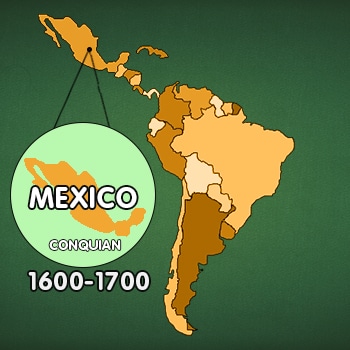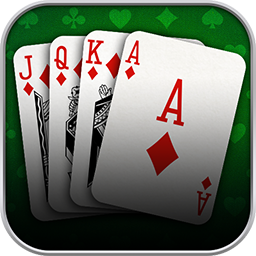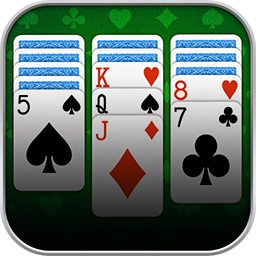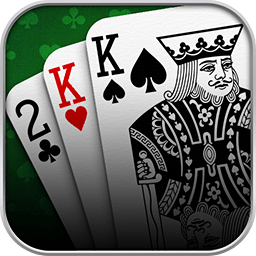From the Far East via the Silk Road
The origin of playing cards is, like many things, buried in the dark of history passed down. The first playing cards presumably emerged in the old Pharaohs’ Egypt. What they looked like, what they were made of, why and how they found their way into common peoples’ hands – all that is subject to legends and speculation. There is no ascertained knowledge. In this article, we look at how various card games have developed throughout history to become what we call Rummy today. Read on to learn more about the History of Rummy!
Chinese sources dating back before the Christian Era give an account of cards painted with figures and symbols. Those were used for mystical purposes rather than pastimes.

They supposedly inspired the simultaneous development and gradual spread of playing cards in China, Korea, and India.
These cards traveled from the Far East via the Silk Road to the Islamic caliphate on the Iberian Peninsula. The caliphate had a vast cultural influence on the Western World up until the 15th century. Travelers brought the cards from the peninsula to the rest of Europe.
The exact processes have not been passed down. All we know is, neither cultural nor geographic borders were ever able to stop mutual creative enrichment.
Card Games as a Sin?
One day the leaders of western Europe were alarmed by the novel playing cards. It is telling of the time that the first written mentions of this phenomenon revolve around prohibition and banishment. The first detailed description of playing cards dates back to 1370. A monk of the Dominican Order wrote it in the city of Freiburg im Breisgau, in today’s far south-west of Germany. Three years prior, a court in Bern, Switzerland, banned and vilified a deck of cards as a “prayer book of the devil.”

Decks of cards, some precious ones, are passed down from the 15th century. They were often painted by significant artists of their time. Before the invention of the printing press, each card game was one of a kind. The resulting costs made the vice and virtue of card games accessible mainly for the well-to-do. For example, a guild of card painters was founded in Nuremberg, whose excellent reputation lasts until today.
From Exclusivity to Staple Goods

The invention of woodcut, later of chalcography, and soon after of the printing press, made producing larger volumes of playing cards gradually easier and cheaper.
Particularly the German and French printers spurred each other. By the end of the 15th century, Lyon blossomed out as one of the most important centers for card game production. That is the main reason for today’s prominence of the French playing cards.
Back then, the four suits Trèfle (Clubs), Pique (Spades), Coeur (Hearts), and Carreau (Diamonds) were established in Lyon. By the end of the 15th century, pip cards – Two to Ten – replaced former face cards showing people of the royal court. The remaining face cards were Jack, Queen, and King. The Joker is probably referring to the fool from Tarot, another game spreading at the time.
Card games were initially played in courtly salons. In the following centuries, the French, especially, came up with numerous modifications and new games which are nowadays played in exclusive, privy groups. The modern games – Skat, Whist, Bridge, and Rummy – emerged in the 19th century.
Rummy’s Origin – Mexico?
The history of Rummy is routed in a new game that came about in Mexico. Conquian – a card game for two players – was initially played with Spanish, later with French playing cards. Some sources place the emergence of Conquian in the 17th century. The basic rules of the game are similar to the rules of modern Rummy. But first, Conquian traveled northwards to the USA. In 1909, Elwood Baker from New York, a member of the Knickerbocker Whist Club established his version of Rummy, which is also referred to as Gin Rummy.


The word rummy is associated with rum, which was often the stake. In American English, it also means peculiar, weird, alcoholized.
Rummy’s rules are fluid. It was designed for two, though you can play it with several people. One or two decks of French playing cards are used. Rummy’s vital elements are combining cards, melding combinations, variations of knocking, drawing, and laying off.
All of these are included in one way or another in the modern German Rummy, also called Rommé. You can play it here at the Rummy Palace! The predominantly played version in Great Britain and the USA still is Gin Rummy.
Modern German Rummy
The German Rommé has different names all over Europe: In Austria, it is referred to as Rummy, locally also Jolly. In France, it is called Rami. Another member of the Rummy family, besides Rummy, Gin Rummy, and all their variations, is Canasta. You can play it at our Canasta Palace.
How did Rummy find its way to Germany? When and where did it turn into the Rommé commonly known in Germany today? These questions are idle – aspects of the history of Rummy that remain unknown.

But one thing is for sure: German Rummy rapidly gained popularity. The German Skat Association embraced the novelty and dedicated a department to the game. A set of rules was developed, and in 2007 the first Rummy Championship was held in Germany. Since then, Rummy tournaments have been a permanent feature of Skat tournaments held by the German Skat Association. This trend can be noted on a global scale too.
No Limits for your Creativity
Throughout its history, Rummy has been a popular game in many families’ and friend groups’ everyday life. That has to do with Rummy’s versatility: the Rummy rules can be modified to taste as well as familial or regional traditions. Most variations concern:

- the number of Jokers (four to eight)
- the score required for the first meld (30 to 42 points)
- the Ace’s score in specific combinations of cards
- knocking for cards
- the conditions to meet before swapping a Joker in groups of cards
Another variation is Robber’s Rummy. The catch: Melds can not only be added to but entirely rearranged.
This wide variety shows that Rummy is nowadays one of the most popular card games with a growing fanbase. So now that you know the history of Rummy, why not have a go at playing Rummy online today!










